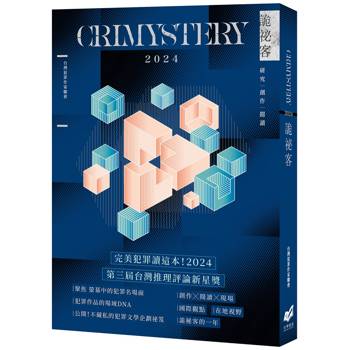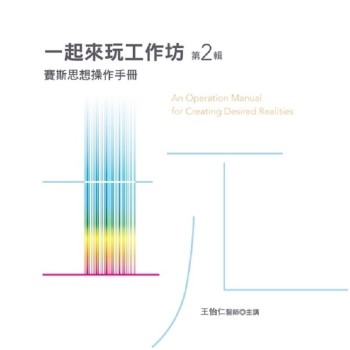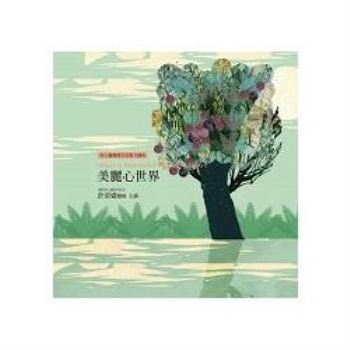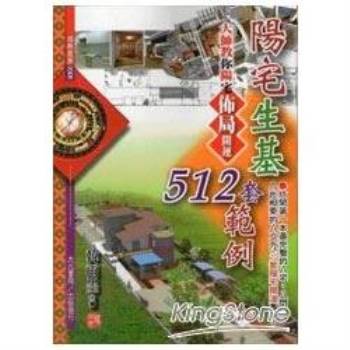The Curse of Bêti completes the tableau with the third part of a trilogy (1. ’When the Stars Shine’ & 2. ’Taming of a Brew’), set in the picturesque island of Mauritius in the Indian Ocean amidst transitions in the island’s colonial powers.
Swathed in history when the French brought the first African slaves and the British who took over the island with the intake of indentured workers from India. Bêti of the fourth generation revisits her native island in the quest of her departed Mother’s wish - that of finding who her own mother was. The latter has had no picture of what her grandmother looked like.Bêti, through arduous research discovers many hidden secrets about her maternal family roots bringing out a hard truth which shatters her understanding of the historical past of the so-called paradise island.Here, cultures clash, traditions baffled, the colour of the skin matters, faith is in supernatural beliefs brought by the tribal African slaves and the indentured Indian labourers as they forge a way of life. Tragedies hit those who are at the mercy of loving life, and hope is buried deep in lore and taboos. Bêti has resolved to uncover the mystery of her mother’s parentage and sets her heart on a homecoming, but what is the secret of the family curse and of the dreams that plague her?’When the Stars Shine’ is Sita Seecharrun Harris first novel and is inspired by evocative memories of her childhood spent on her native island with her mother. A recollection of the underbelly of China Town, Port Louis she paints her vivid memories of growing up there with people who marked her existence with colours.’Taming of a Brew’ her second novel is based upon the colonial past of her native island where a new breed of multicultural human pathos has been rigged through centuries of passive silence. Based against the backdrop of tea cultivation in Mauritius, which is a lesser known crop, her narration again brings together historical fiction with fact.She also illustrated both books.Her recent novel ’The Curse of Bêti’ closes the trilogy with colonial masters, slaves and indentured workers from Africa and India and sugar as the elements in the main backdrop, she challenges cultural and generational differences and identities of the island’s colonialism, amidst a new style of blending fact with fiction.| FindBook |
有 1 項符合
The Curse of Bêti的圖書 |
 |
The Curse of Bêti 作者:Harris 出版社:MS 出版日期:2022-09-16 語言:英文 規格:平裝 / 402頁 / 20.32 x 12.7 x 2.26 cm / 普通級/ 初版 |
| 圖書館借閱 |
| 國家圖書館 | 全國圖書書目資訊網 | 國立公共資訊圖書館 | 電子書服務平台 | MetaCat 跨館整合查詢 |
| 臺北市立圖書館 | 新北市立圖書館 | 基隆市公共圖書館 | 桃園市立圖書館 | 新竹縣公共圖書館 |
| 苗栗縣立圖書館 | 臺中市立圖書館 | 彰化縣公共圖書館 | 南投縣文化局 | 雲林縣公共圖書館 |
| 嘉義縣圖書館 | 臺南市立圖書館 | 高雄市立圖書館 | 屏東縣公共圖書館 | 宜蘭縣公共圖書館 |
| 花蓮縣文化局 | 臺東縣文化處 |
|
|
圖書介紹 - 資料來源:博客來 評分:
圖書名稱:The Curse of Bêti
|











